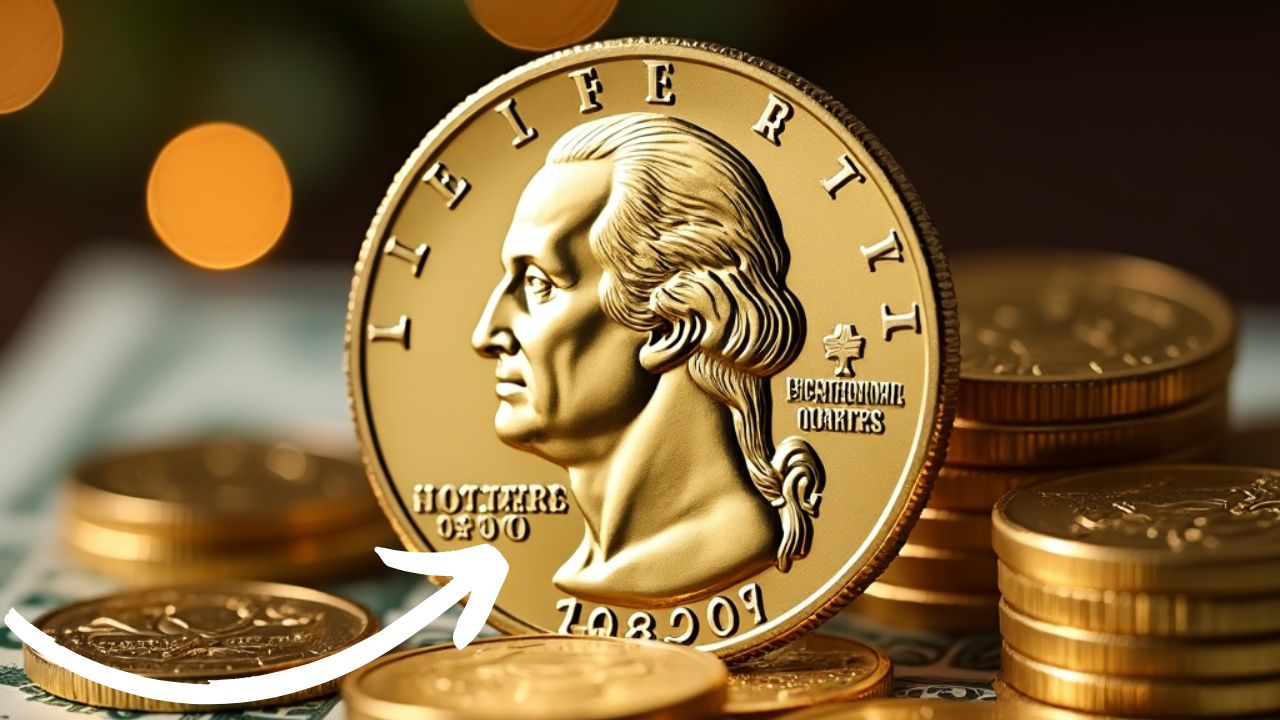In the world of numismatics, few coins have captured the imagination of collectors as much as the rare Bicentennial Quarter. Minted in 1976 to commemorate the 200th anniversary of the United States, this coin represents a significant chapter in American history. However, certain variants of this quarter have become legendary, with one particular specimen reportedly valued at nearly $100 million. This article explores the fascinating story behind the Bicentennial Quarter, its unique features, and the reasons for its extraordinary value.
Understanding the Bicentennial Quarter
The Bicentennial Quarter was produced as part of a special series of coins issued in 1975 and 1976. Designed by John Mercanti, the reverse side of the quarter features a depiction of a drummer boy, symbolizing the spirit of independence and patriotism. The obverse side retains the traditional portrait of George Washington, but with the unique addition of the dual date “1776-1976,” marking the nation’s bicentennial.
While millions of these quarters were produced, a select few have become highly sought after due to unique minting errors or exceptional conditions. These rare variants have led to claims of extraordinary valuations, with some estimates reaching as high as $100 million.
The Myth of the $100 Million Quarter
Despite the allure of the $100 million valuation, it is essential to approach such claims with skepticism. Most reports indicate that while certain Bicentennial Quarters can fetch impressive prices, the majority are worth only their face value or a small premium above it. The highest verified sale for a Bicentennial Quarter was approximately $19,200 for a 1976-S Silver Bicentennial Quarter graded PR69.
The fascination with the $100 million figure often stems from the rarity of specific minting errors, such as off-center strikes or double dies, which can significantly increase a coin’s value. However, such errors are exceedingly rare, and most Bicentennial Quarters in circulation do not possess these characteristics.
Factors Contributing to Value
Several factors determine the value of a Bicentennial Quarter:
- Minting Errors: Coins with minting errors, such as doubled dies or off-center strikes, are rarer and more valuable.
- Condition: Coins in exceptional condition (graded MS67 or higher) tend to fetch higher prices.
- Silver Composition: Bicentennial Quarters minted in San Francisco with 40% silver content are more valuable than standard clad versions.
- Historical Significance: Coins tied to significant events, like the Bicentennial, are often in high demand among collectors.
Identifying Valuable Bicentennial Quarters
To determine if your Bicentennial Quarter is valuable, consider the following characteristics:
- Mint Mark: Look for the “S” mint mark for San Francisco, which may indicate silver content.
- Condition: Coins with no wear and sharp details are more valuable.
- Errors: Check for anomalies such as doubled letters or off-center designs.
- Grading: Professional grading can confirm a coin’s condition and authenticity.
Conclusion
The rare Bicentennial Quarter represents a unique intersection of history, artistry, and potential financial reward. While the notion of a $100 million quarter may be more myth than reality, the allure of rare coins continues to captivate collectors and enthusiasts alike. Whether you are a seasoned numismatist or a casual collector, the Bicentennial Quarter serves as a reminder of the rich tapestry of stories that coins can tell, and the extraordinary potential that lies within seemingly ordinary pieces of currency.
As collectors continue to seek out rare specimens, the Bicentennial Quarter will undoubtedly remain a focal point in the world of numismatics. Whether viewed as an investment opportunity or a historical artifact, this coin continues to inspire curiosity and admiration among those who appreciate the artistry and significance of American coinage.
